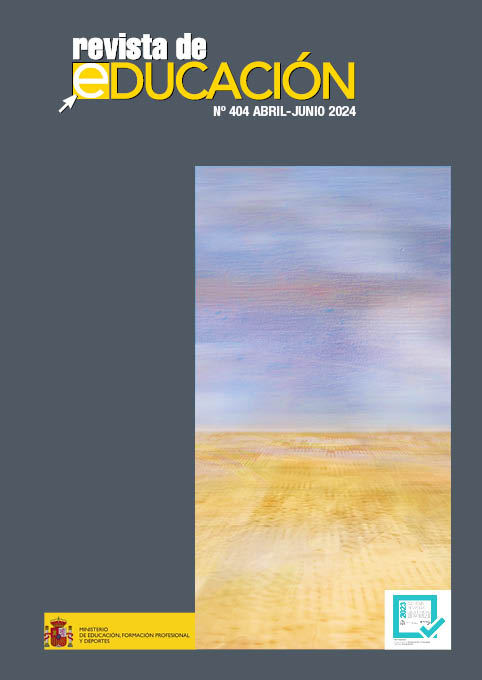Specific indicators for detection of dyslexia simulation
Main Article Content
Abstract
Disability faking increases when health and education systems provide compensatory aids to pupils or patients. Although tests are available to assess dyslexia, direct observation is not sufficient to detect cheating behaviour. In order to protect people with this learning disability, it is necessary to use specific strategies to detect deception in case of doubt. This research looks for reliable indicators to ensure that the person has dyslexia or is faking it. METHOD 30 people with dyslexia, 30 simulators and 30 controls participated. A set of paired experimental tasks were applied: in one of each pair, people with dyslexia have difficulties and in the other they do not. Simulators tend to generalise a pattern of exaggeration on all tests, whereas dyslexics respond differentially to tasks that relate to the neuropsychological characteristics of their disorder and other tasks free of that influence. A set of five indicators - text reading, pseudoword copying, and the effects of frequency, articulatory suppression and phonemic cueing - allow the detection of fraud with sensitivity and specificity rates above 90%.
Key words: dyslexia, higher education, symptom simulation, deception detection, cut-off points.

